
NaCl Molecular Geometry Science Education and Tutorials
Whether a bond is nonpolar or polar covalent is determined by a property of the bonding atoms called electronegativity. Electronegativity is a measure of the tendency of an atom to attract electrons (or electron density) towards itself.. Likewise, the Na and Cl atoms in NaCl have an electronegativity difference of 2.1, and the Mn and I atoms.
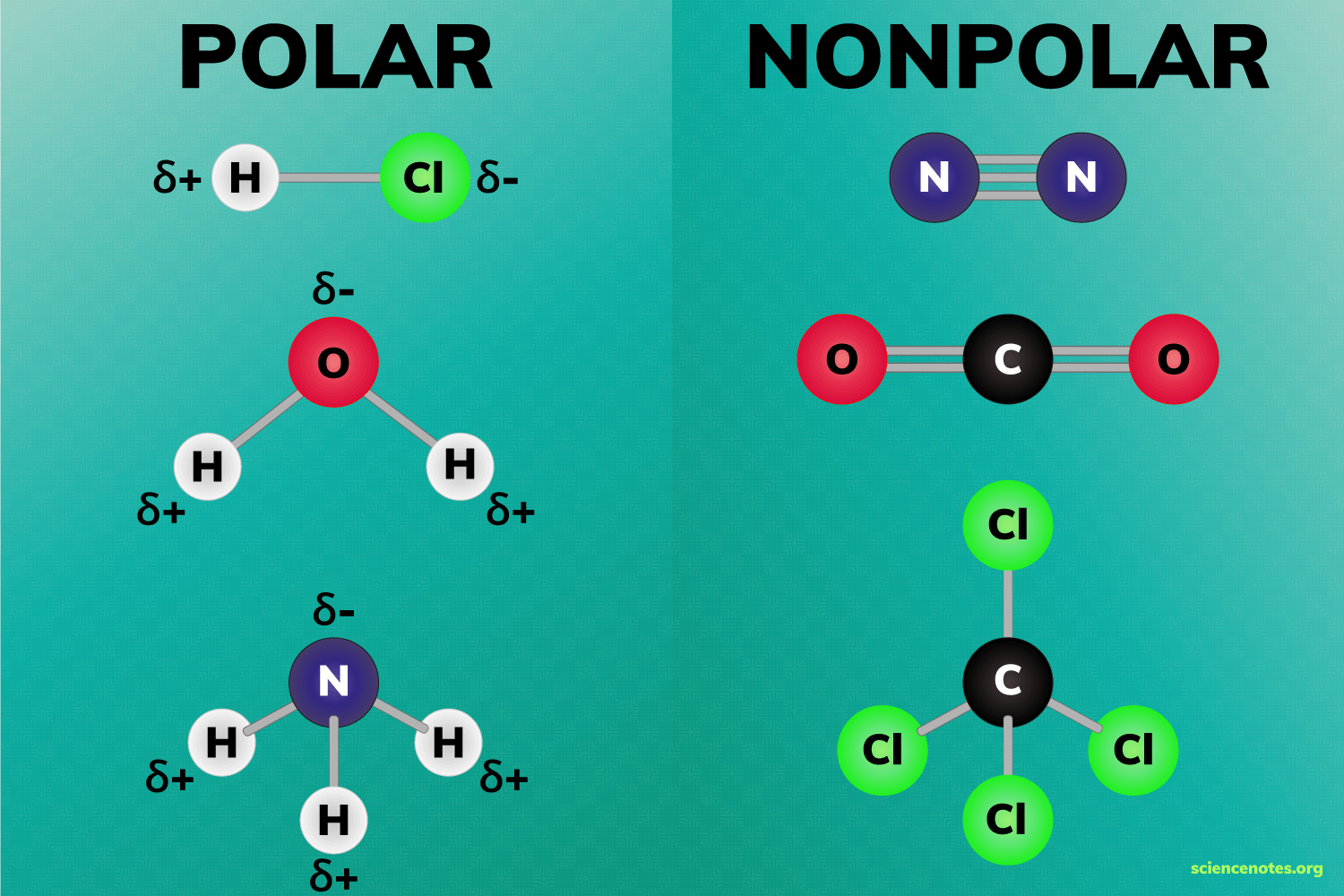
O NaCl é iônico polar ou apolar?
To understand the polarity of NaCl (NaCl polar or nonpolar), we must delve into the concept of electronegativity - the tugging force with which an atom seeks to pull electrons towards itself in a chemical bond. In the case of NaCl, this electronegativity dance is a spectacle to behold.
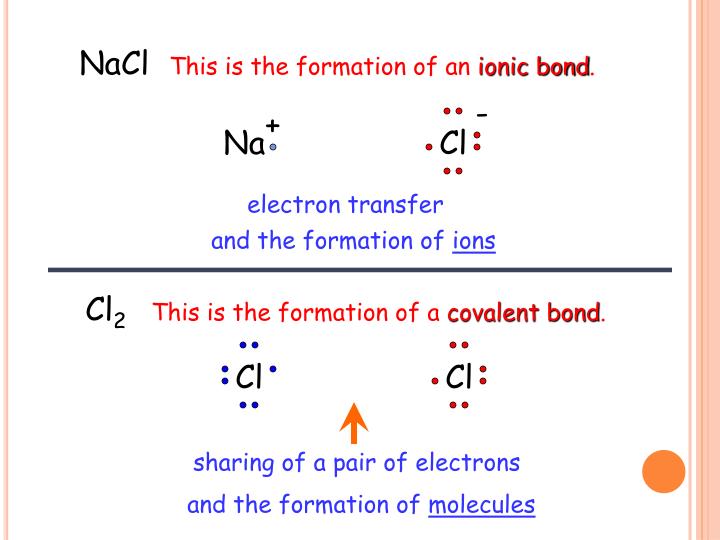
PPT Covalent Bonds Electronegativity differences and ionic/polar
Hi Guys, welcome back to our channel.Today in this video, we help you determine the polarity of the NaCl compound- also known as Sodium Chloride. Unlike othe.
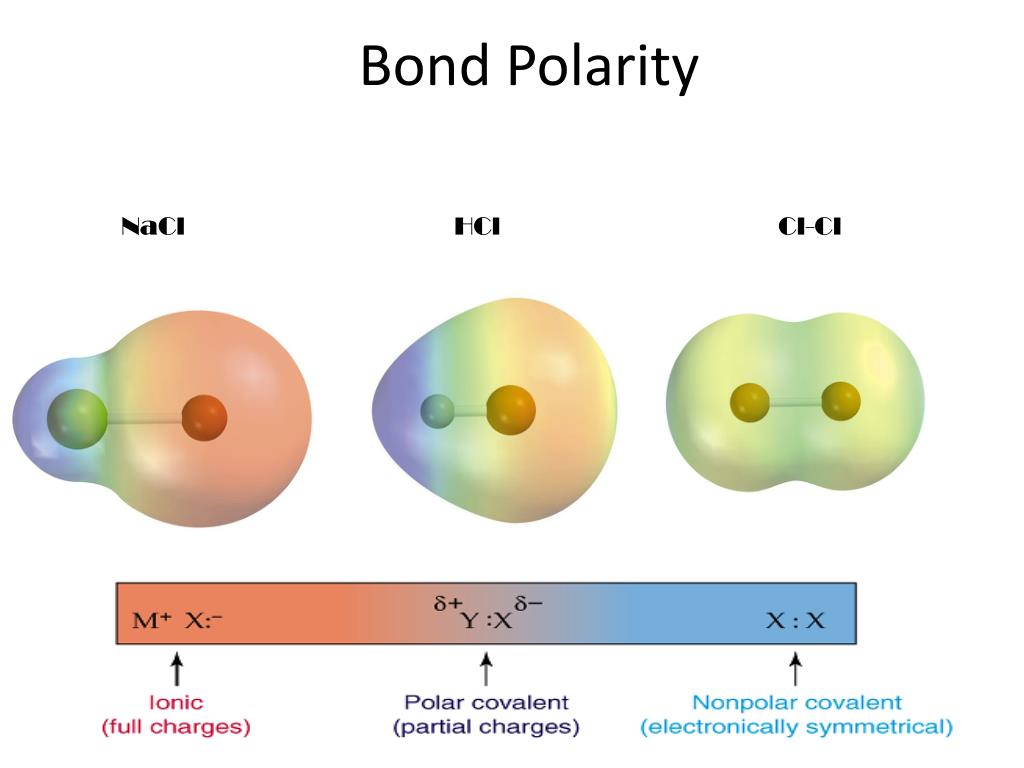
PPT Chemical Bonding I Lewis Theory PowerPoint Presentation, free
Solution Sodium chloride NaCl is polar in nature. Polar molecules are those which can dissolve in a polar solvent. Sodium chloride is an ionic compound. Polar molecules are generally ionic in nature whereas non-polar molecules are dissolved in a non-polar solvent and are generally non-ionic in nature.
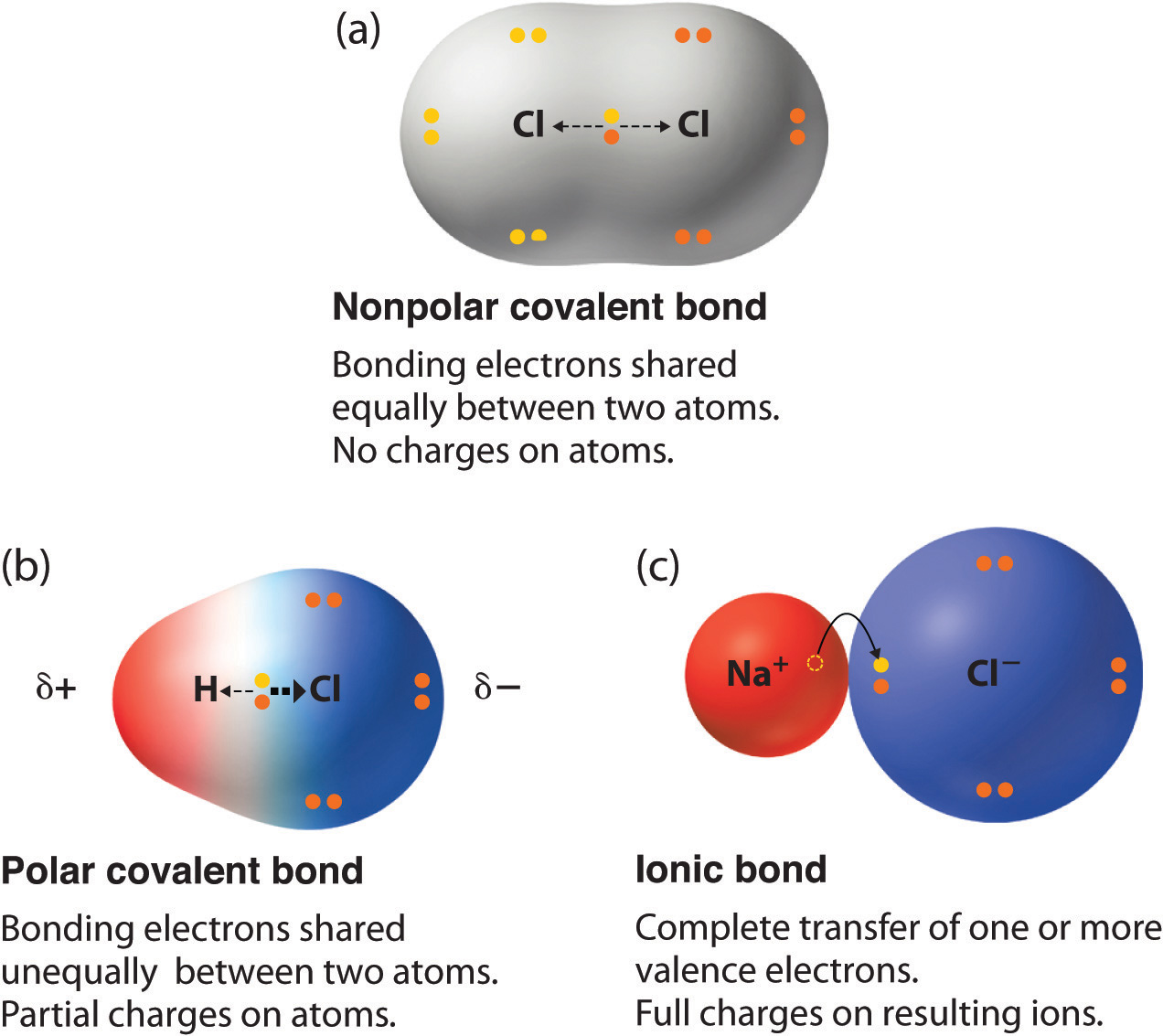
Polar Covalent Bonds
If you stir table salt into water, the crystal lattice of NaCl will begin to dissociate into Na + and Cl − ions. ( Dissociation is just a name for the process in which a compound or molecule breaks apart to form ions.)
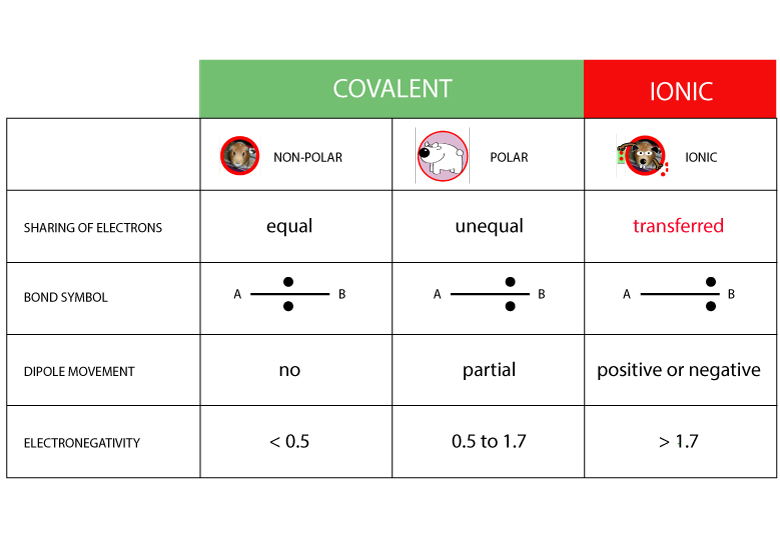
Comparision of Bonds Surfguppy Chemistry made easy for visual learners
1. How do you determine if the NaCl Lewis structure is polar or nonpolar? The NaCl Lewis structure is nonpolar because it consists of ionic bonds between sodium (Na) and chloride (Cl) ions. Ionic compounds do not have a distinct positive or negative end, resulting in a nonpolar molecule. 2. How can I balance the equation Na + Cl2 → NaCl?

How does a polar covalent bond differ from an nonpolar? Socratic
Because it is a very non-polar molecule, with only carbon-carbon and carbon-hydrogen bonds. It is able to bond to itself very well through nonpolar van der Waals interactions, but it is not able to form significant attractive interactions with the very polar solvent molecules.. The ionic and very hydrophilic sodium chloride, for example, is.

Is NaCl Polar or Nonpolar? YouTube
Written by Priyanka in Science To answer your question in one word, yes, NaCl or Sodium Chloride is a polar molecule. Wondering how? Read this blog post to know we determined the polarity of the molecule. NaCl is a chemical formula for Sodium Chloride, and it is made of one Sodium atom and one chlorine atom.
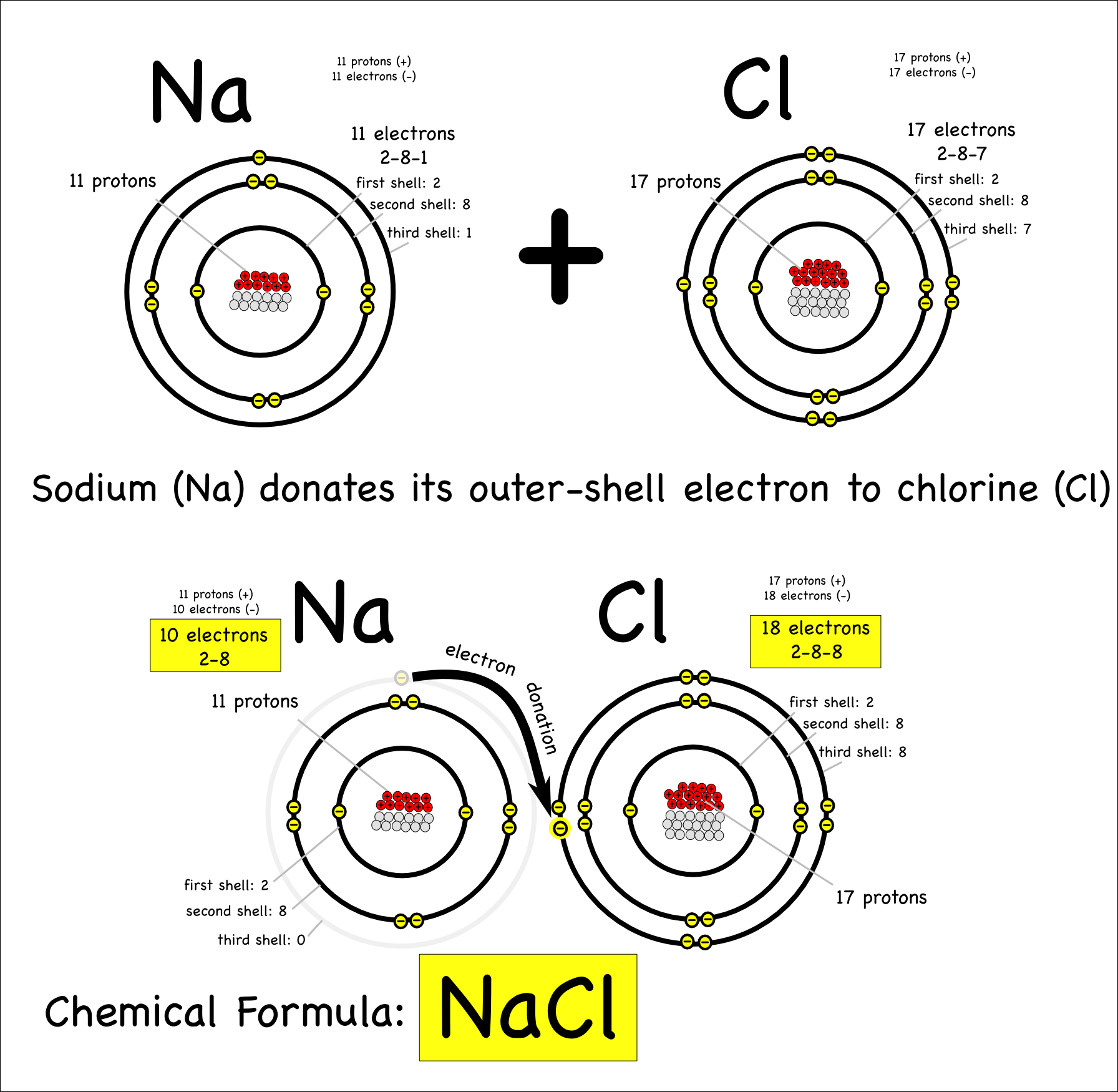
Introducing Covalent Bonding Montessori Muddle
Learn to determine if NaCl (Sodium chloride) is ionic, polar, non-polar based on the Lewis Structure and the molecular geometry (shape).We start with the Lew.

9.3 Molecular Shape and Molecular Polarity Chemistry LibreTexts
There are two basic types of covalent bonds: polar and nonpolar. In a polar covalent bond, the electrons are unequally shared by the atoms and spend more time close to one atom than the other. Because of the unequal distribution of electrons between the atoms of different elements, slightly positive (δ+) and slightly negative (δ-) charges.

Reading Covalent Bonds Biology I
Sodium chloride is an ionic compound with a 1:1 ratio of sodium and chloride ions. Its other name is salt. It is found in the oceans and seas and can also be found in the form of rock salt. NaCl makes up between 1% and 5% of seawater. It is a white crystalline solid. It has a molecular weight of 58.44g/mol. Table of Contents
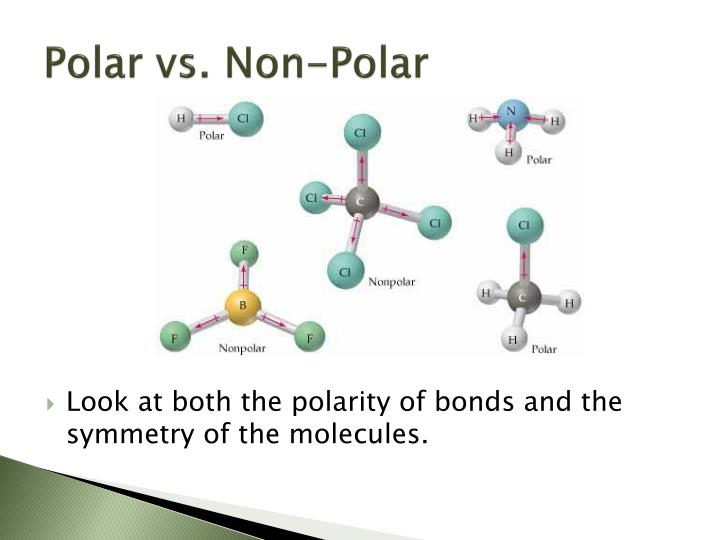
PPT Bonding PowerPoint Presentation ID3050946
NaCl is composed of two elements, sodium (Na) and chlorine (Cl), with a chemical formula of NaCl. It is a white crystalline solid that is highly soluble in water and has a salty taste. Polar and nonpolar nature of molecules. Molecules can be categorized based on their polar or nonpolar nature.

NaCl Polar or nonpolar (Sodium Chloride) Chemistry 10, Molecules
Note ionic compounds, such as sodium chloride (NaCl), are polar. However, most of the time when people talk about "polar molecules" they mean "polar covalent molecules" and not all types of compounds with polarity! When referring to compound polarity, it's best to avoid confusion and call them nonpolar, polar covalent, and ionic.

is sodium chloride polar or nonpolar
In sodium chloride,the atoms sodium and chloride are bonded to each other with ionic bonds.Due to the large difference in electronegativity of Sodium ( Na+ N a + ) and Chloride ( Cl− C l − ) ions,therefore sodium chloride which is an ionic compound behaves like a polar molecule. It is often said that ionic compounds are not electrical.
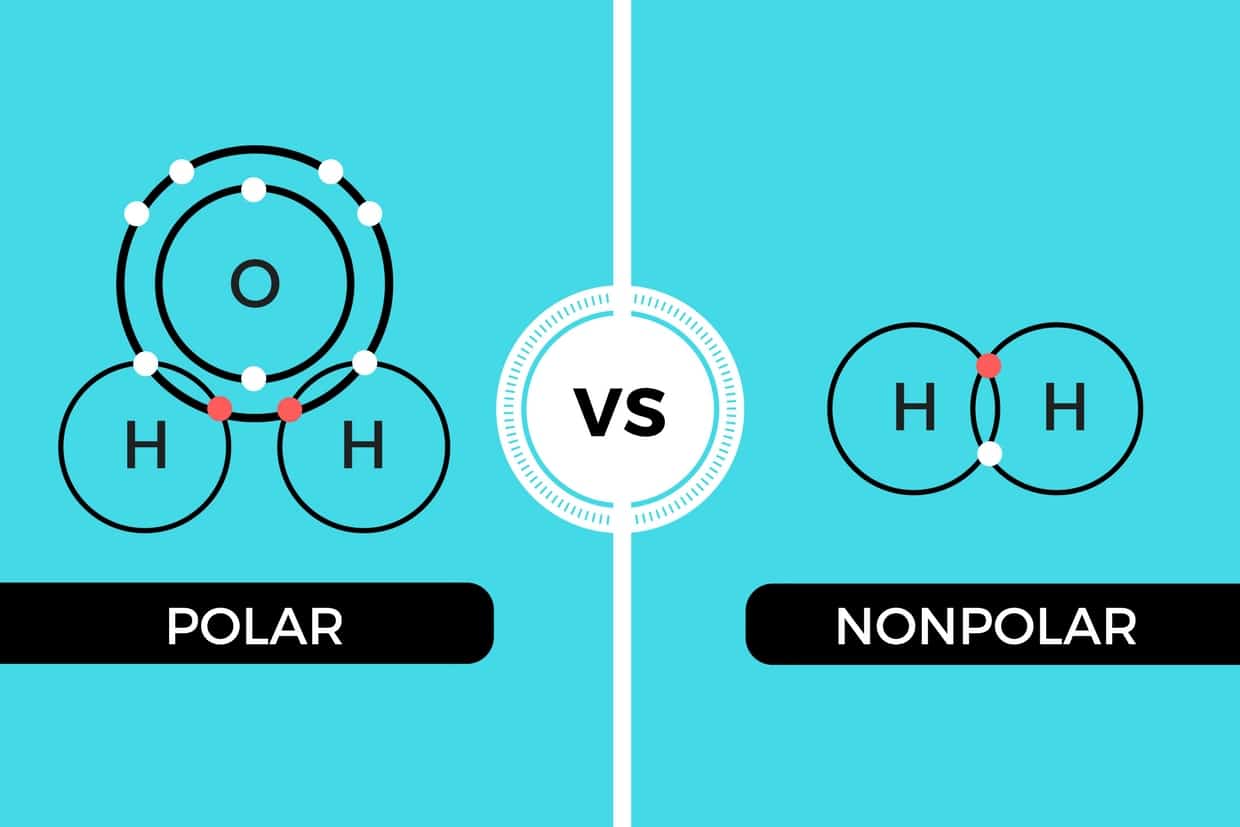
Polar and Nonpolar Covalent Bonds Characteristics & Differences
So, NaCl—a very polar substance because it is composed of ions—dissolves in water, which is very polar, but not in oil, which is generally nonpolar. Nonpolar wax dissolves in nonpolar hexane, but not in polar water.. (C 8 H 18), a non-polar organic compound; Solution. Because water is polar, substances that are polar or ionic will.
Polar vs Nonpolar bonds What is the Main Difference? PSIBERG
Whether a bond is nonpolar or polar covalent is determined by a property of the bonding atoms called electronegativity. Electronegativity is a measure of the tendency of an atom to attract electrons (or electron density) towards itself.. Likewise, the Na and Cl atoms in NaCl have an electronegativity difference of 2.1, and the Mn and I atoms.